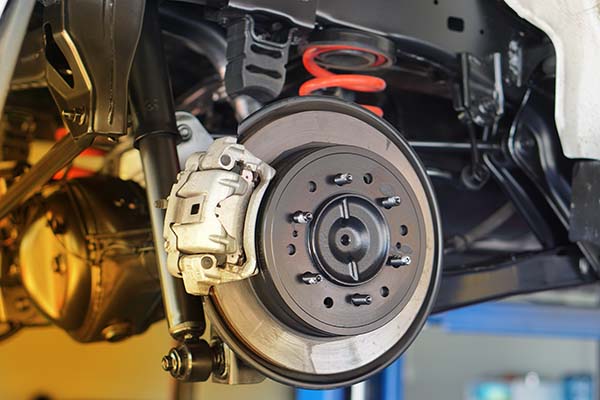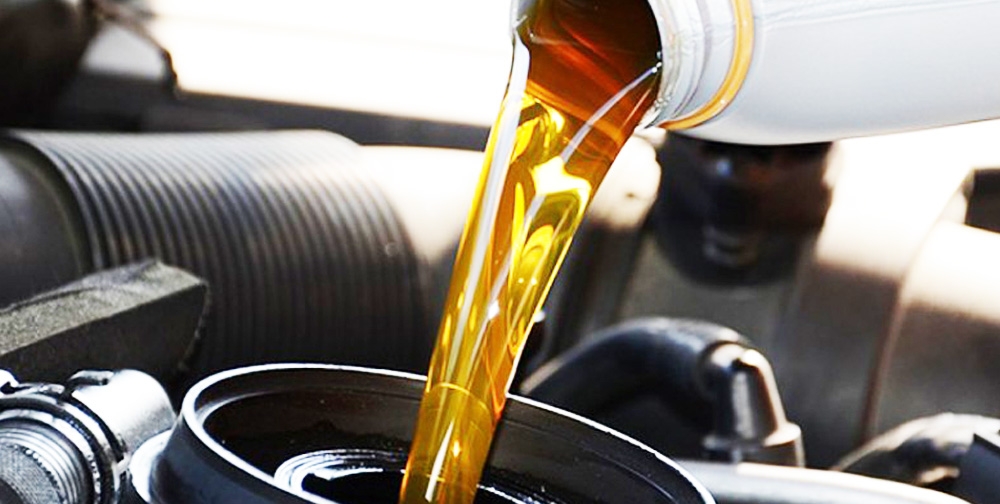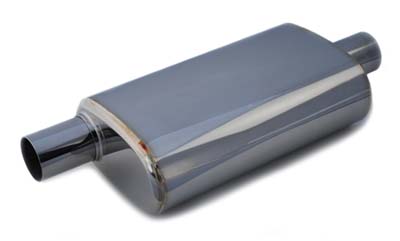1. Antifreeze and Cooling System
Before temperatures drop significantly, drain your cooling system and add new antifreeze (draining the car radiator and refilling it with new coolant should be done at least once a year)
Check the owner’s manual for the proper coolant level
Make sure the reserve tank or overflow tank fluid levels are sufficient
2. Windshield Wipers and Fluid
Replace worn windshield wipers, since sand and salt will be more prevalent after a snowstorm
Replace wiper fluid with a winter mixture and maintain the proper fluid level
Consider winter wiper blades to help cut through snow and ice
3. Brakes
Check brake fluid levels and brake pads for wear and tear
Replace worn pads and rotors

4. Battery
Make sure battery cables and terminals are secure and free from corrosion
Test your battery by turning on the headlights before starting the engine – if they get brighter once you start the engine, schedule an appointment with a mechanic for further electrical inspection
If your battery is more than 3 years old, have it inspected by a mechanic
5. Heater and Defroster
Turn your heater and defroster on and off to make sure they are working correctly
6. Lights
Make sure all lights are clean and working properly
Clean lights off prior to driving in any type of precipitation
Replace foggy, hazy or damaged lens covers to improve visibility
7. Oil
Change the oil and filter at recommended intervals
Heavier oils thicken at lower temperatures and may not lubricate as well, so consider switching to “winter weight” or less viscous oil

8. Exhaust System
Replace or repair leaks and crimped pipes to help keep carbon monoxide out of the passenger compartment

9. Fuel and Air Filters
Replace and keep water out of the system by using additives
To keep moisture in the gas line from freezing and for easier cold-weather starts, keep at least a half tank of gas in the tank
Call Midway Automotive to schedule any of these winterizing services!